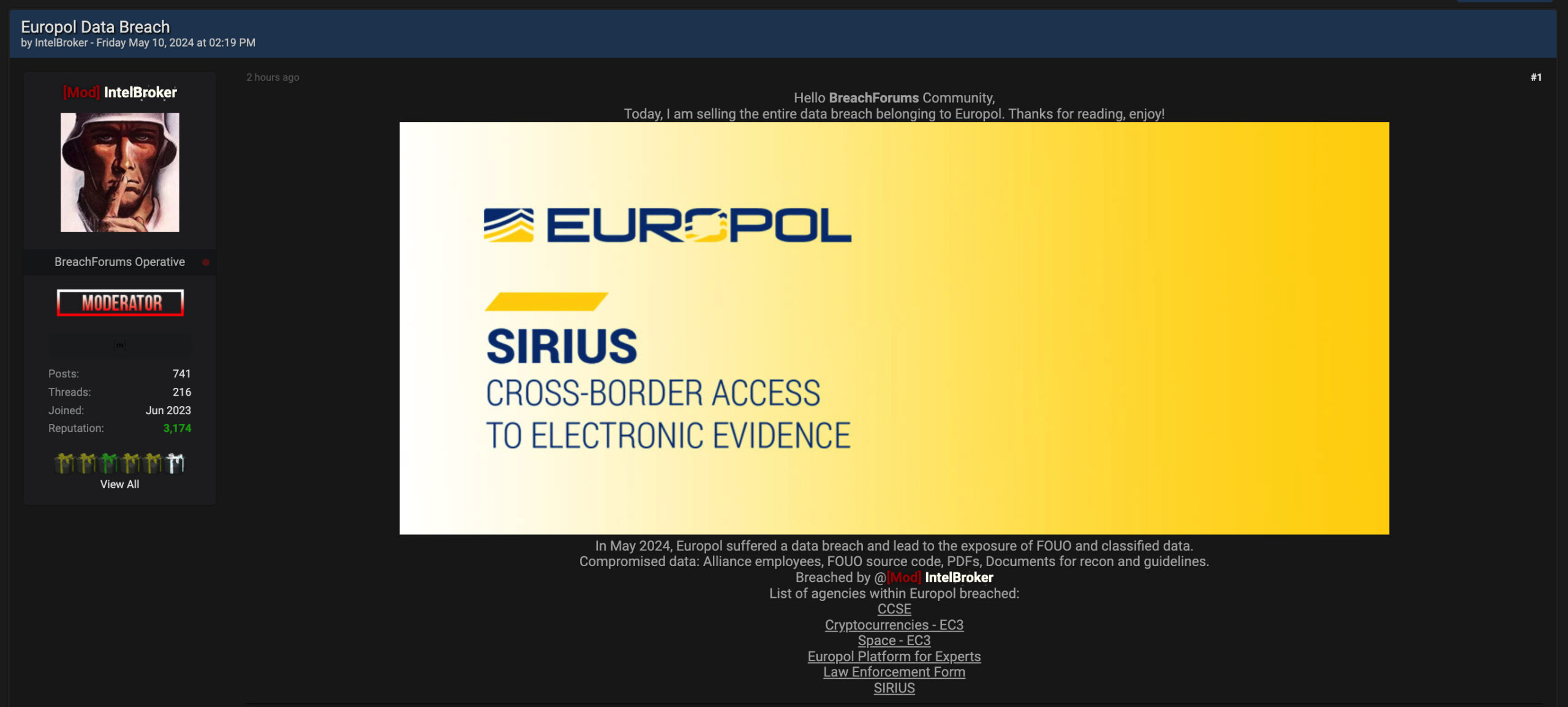
Your phone buzzes. You hope it’s a reply from last night’s date, but instead you get an entirely different swooping feeling: It’s an alarming SMS text alerting you about suspicious activity on your bank account and that immediate action is necessary.
Take a deep breath and make sure to read the message carefully. Luckily, your assets could be completely safe. It could just be a smisher.
Smishing, or phishing over SMS, is a tactic where cybercriminals impersonate reputable organizations or people and trick people into handing over their personally identifiable information (PII) or financial details. Sometimes they can seem very credible with the information they have, and you may have even been expecting a correspondence of a similar nature.
So how can you tell when an SMS text is real and requires your attention? And how should you deal with a smisher to keep your identity safe?
What Is Smishing?
Like email phishing and social media phishing, SMS text phishing often tries to use a strong emotion – like fear, anger, guilt, or excitement – to get you to respond immediately and without thinking through the request completely. Vishing is another phishing tactic over the phone, though instead of a text, the scammer leaves voicemails.
In the case of one coordinated smishing attack, cybercriminals not only impersonated financial institutions but collected PII on their targets ahead of time. The criminals then used these personal details – like old addresses and Social Security Numbers – to convince people that they were legitimate bank employees.1 But since when does a bank try to prove itself to the customer? Usually, it’s the other way around, where they’ll ask you to confirm your identity. Be wary of anyone who texts or calls you and has your PII. If you’re ever suspicious of a caller or texter claiming they’re a financial official, contact your bank through verified channels (chat, email, or phone) you find on the bank’s website to make sure.
Scammers also keep up with current events and attempt to impersonate well-known companies that have a reason to reach out to their customers. This adds false legitimacy to their message. For example, in the summer of 2022, Rogers Communications, a Canadian telecommunications provider, experienced an extended loss of service and told customers they could expect a reimbursement. Smishers jumped on the opportunity and sent a barrage of fake texts requesting banking details in order to carry out the reimbursement.2 However, Rogers credited customers directly to their Rogers accounts.
3 Tips to Identify a Smisher
If you receive a suspicious text, go through these three steps to determine if you should follow up with the organization in question or simply delete and report the text.
1. Know your notification preferences
Do you have text alerts enabled for your bank and utility accounts? If not, disregard any text claiming to be from those organizations. Companies will only contact you through the channels you have approved. Also, in the case of the Rogers smishing scheme, be aware of how a company plans to follow up with customers regarding reimbursements. You can find information like this on their official website and verified social channels.
2. Check the tone
ChatGPT might make it more difficult than spot smishing attempts because AI content generation tools usually use correct grammar and spelling. However, the tone is a good indicator of a scammer. If the tone of the text urges you to act quickly or proposes a dire consequence of ignoring the message, be on alert. While suspicious activity on your credit card is serious, your bank will likely reimburse you for charges you didn’t make, so you have time to check your bank account and see recent activities. Official correspondence from financial institutions will always be professional and will try to put you at ease, not make you panic.
3. Verify the phone number
Whenever you get a text from someone you don’t know, it’s a good practice to do an internet search for the number to see with whom it’s associated. If it’s a legitimate number, it should appear on the first page of the search results and direct to an official bank webpage.
What to Do When You Receive a Fake SMS Alert
Once you’ve identified a fake SMS alert, do not engage with it. Never click on any links in the message, as they can redirect you to risky sites or download malware to your device. Also, don’t reply to the text. A reply lets the criminal on the other end know that they reached a valid phone number, which may cause them to redouble their efforts. Finally, block the number and report it as spam.
A great absolute rule to always follow is to never give out your Social Security Number, banking information, usernames, or passwords over text.
How to Keep Your PII Safe from Smishers
To give you peace of mind in cases where you think a malicious actor has access to your PII, you can count on McAfee+. McAfee+ offers a comprehensive suite of identity and privacy protection services to help you feel more confident in your digital life.
1PC Mag, “Scammers Are Using Fake SMS Bank Fraud Alerts to Phish Victims, FBI Says”
2Daily Hive, “Rogers scam alert: Texts offering credit after outage are fake”
Your phone buzzes. You hope it’s a reply from last night’s date, but instead you get an entirely different swooping feeling: It’s an alarming SMS text alerting you about suspicious activity on your bank account and that immediate action is necessary.
Take a deep breath and make sure to read the message carefully. Luckily, your assets could be completely safe. It could just be a smisher.
Smishing, or phishing over SMS, is a tactic where cybercriminals impersonate reputable organizations or people and trick people into handing over their personally identifiable information (PII) or financial details. Sometimes they can seem very credible with the information they have, and you may have even been expecting a correspondence of a similar nature.
So how can you tell when an SMS text is real and requires your attention? And how should you deal with a smisher to keep your identity safe?
What Is Smishing?
Like email phishing and social media phishing, SMS text phishing often tries to use a strong emotion – like fear, anger, guilt, or excitement – to get you to respond immediately and without thinking through the request completely. Vishing is another phishing tactic over the phone, though instead of a text, the scammer leaves voicemails.
In the case of one coordinated smishing attack, cybercriminals not only impersonated financial institutions but collected PII on their targets ahead of time. The criminals then used these personal details – like old addresses and Social Security Numbers – to convince people that they were legitimate bank employees.1 But since when does a bank try to prove itself to the customer? Usually, it’s the other way around, where they’ll ask you to confirm your identity. Be wary of anyone who texts or calls you and has your PII. If you’re ever suspicious of a caller or texter claiming they’re a financial official, contact your bank through verified channels (chat, email, or phone) you find on the bank’s website to make sure.
Scammers also keep up with current events and attempt to impersonate well-known companies that have a reason to reach out to their customers. This adds false legitimacy to their message. For example, in the summer of 2022, Rogers Communications, a Canadian telecommunications provider, experienced an extended loss of service and told customers they could expect a reimbursement. Smishers jumped on the opportunity and sent a barrage of fake texts requesting banking details in order to carry out the reimbursement.2 However, Rogers credited customers directly to their Rogers accounts.
3 Tips to Identify a Smisher
If you receive a suspicious text, go through these three steps to determine if you should follow up with the organization in question or simply delete and report the text.
1. Know your notification preferences
Do you have text alerts enabled for your bank and utility accounts? If not, disregard any text claiming to be from those organizations. Companies will only contact you through the channels you have approved. Also, in the case of the Rogers smishing scheme, be aware of how a company plans to follow up with customers regarding reimbursements. You can find information like this on their official website and verified social channels.
2. Check the tone
ChatGPT might make it more difficult than spot smishing attempts because AI content generation tools usually use correct grammar and spelling. However, the tone is a good indicator of a scammer. If the tone of the text urges you to act quickly or proposes a dire consequence of ignoring the message, be on alert. While suspicious activity on your credit card is serious, your bank will likely reimburse you for charges you didn’t make, so you have time to check your bank account and see recent activities. Official correspondence from financial institutions will always be professional and will try to put you at ease, not make you panic.
3. Verify the phone number
Whenever you get a text from someone you don’t know, it’s a good practice to do an internet search for the number to see with whom it’s associated. If it’s a legitimate number, it should appear on the first page of the search results and direct to an official bank webpage.
What to Do When You Receive a Fake SMS Alert
Once you’ve identified a fake SMS alert, do not engage with it. Never click on any links in the message, as they can redirect you to risky sites or download malware to your device. Also, don’t reply to the text. A reply lets the criminal on the other end know that they reached a valid phone number, which may cause them to redouble their efforts. Finally, block the number and report it as spam.
A great absolute rule to always follow is to never give out your Social Security Number, banking information, usernames, or passwords over text.
How to Keep Your PII Safe from Smishers
To give you peace of mind in cases where you think a malicious actor has access to your PII, you can count on McAfee+. McAfee+ offers a comprehensive suite of identity and privacy protection services to help you feel more confident in your digital life.
1PC Mag, “Scammers Are Using Fake SMS Bank Fraud Alerts to Phish Victims, FBI Says”
2Daily Hive, “Rogers scam alert: Texts offering credit after outage are fake”




